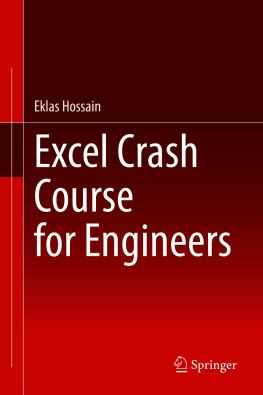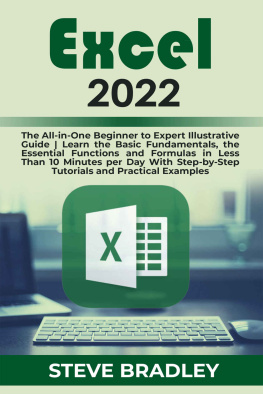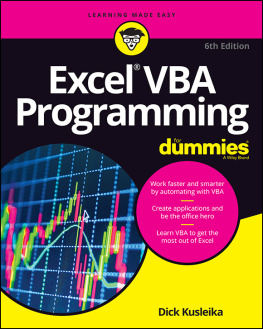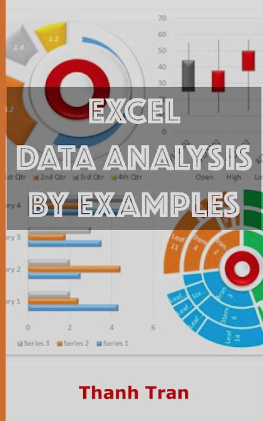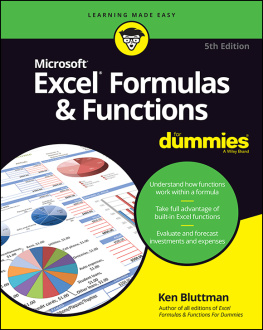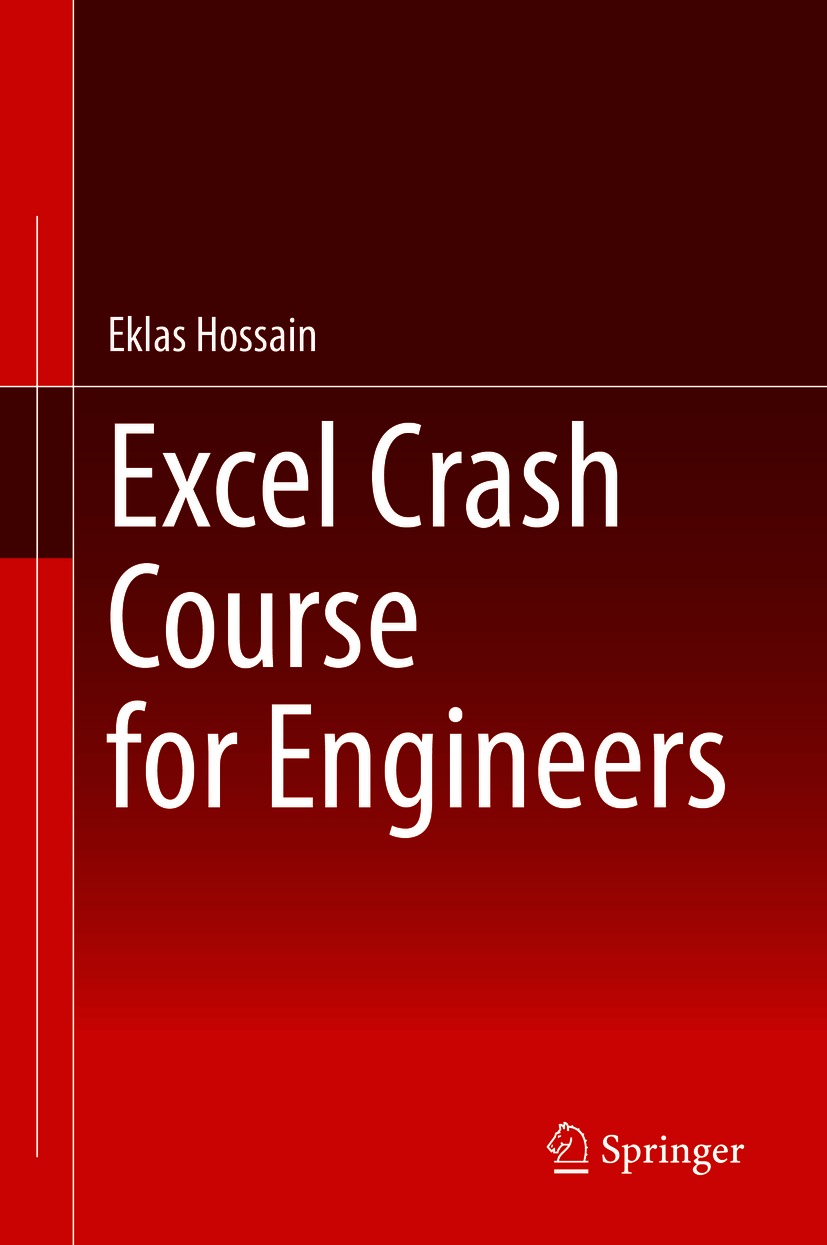Eklas Hossain
Oregon Institute of Technology, Klamath Falls, OR, USA
ISBN 978-3-030-71035-4 e-ISBN 978-3-030-71036-1
https://doi.org/10.1007/978-3-030-71036-1
The Editor(s) (if applicable) and The Author(s), under exclusive license to Springer Nature Switzerland AG 2021
This work is subject to copyright. All rights are solely and exclusively licensed by the Publisher, whether the whole or part of the material is concerned, specifically the rights of translation, reprinting, reuse of illustrations, recitation, broadcasting, reproduction on microfilms or in any other physical way, and transmission or information storage and retrieval, electronic adaptation, computer software, or by similar or dissimilar methodology now known or hereafter developed.
The use of general descriptive names, registered names, trademarks, service marks, etc. in this publication does not imply, even in the absence of a specific statement, that such names are exempt from the relevant protective laws and regulations and therefore free for general use.
The publisher, the authors and the editors are safe to assume that the advice and information in this book are believed to be true and accurate at the date of publication. Neither the publisher nor the authors or the editors give a warranty, expressed or implied, with respect to the material contained herein or for any errors or omissions that may have been made. The publisher remains neutral with regard to jurisdictional claims in published maps and institutional affiliations.
This Springer imprint is published by the registered company Springer Nature Switzerland AG
The registered company address is: Gewerbestrasse 11, 6330 Cham, Switzerland
Preface
Microsoft Excel has become an integral tool for many people. It is used by people in all fields, from students, teachers, researchers to businessmen, finance analytics, and many more. Excel Crash Course for Engineers presents the uses of MS Excel in engineering applications, particularly for electrical engineers. In this book, MS Excel is used in a new manner in the field of engineering, especially in electrical engineering. It demonstrates how a problem can be formulated and solved, how VBA is used, and how data is processed, cleaned, analysed, and visualized. This book is for people in technical fields, students and professionals alike. Its aim is to show the usefulness of Microsoft Excel in solving a wide range of numerical problems. The book contains pictures of the step-by-step implementation of different functions of MS Excel that will help readers understand the concepts.The book is comprised five chapters. Chapter One, Introduction to Microsoft Excel, portrays the basics of MS Excel, starting with its background, purpose, and importance. The basic structure of Excel and its user interface is explained in detail, alongside discussing the basic keywords and terminologies used in Excel. Chapter Two, Graphing and Charting, addresses the numerous types of graphs and charts that can be created in MS Excel, and demonstrates practical examples for each type. Chapter Three, Microsoft Excel Functions and Formulae, clarifies the functions and formulae that Excel provides, and how they can be used to make tasks easier. Chapter Four, Microsoft Excel VBA, describes the creation and use of user-defined functions in Excel. The concepts of Visual Basic for Applications (VBA) and macros are explicitly explained in this chapter. The final chapter is Microsoft Excel in Engineering Data and Analysis, which highlights some very essential features in MS Excel and includes many handy techniques to make Excel more user-friendly. The five chapters neatly summarize the entire concept, usage, and applications of Microsoft Excel.The book has been written with engineers in mind and special focus has been made towards electrical engineers, with several electrical engineering problems being incorporated into the book. The book has been kept very simple and concise, careful not to confuse readers with technical jargon that might confuse readers. The author sincerely believes that Excel for Engineers will turn out to be a good read and a good investment of time and effort.
Key Features of This Book
The examples and exercises are related to engineering problems.
Step-by-step demonstration of techniques.
Every step includes vivid pictures for clear understanding.
Contents cover important fields of engineering, especially electrical engineering.
Exercises at the end of the related topic, for easy referencing. Chap. is the only exception with end-of-chapter exercise.

